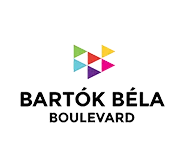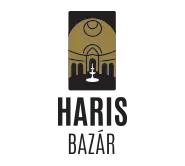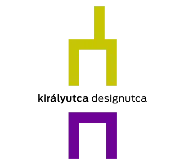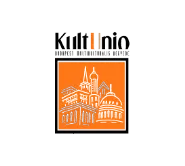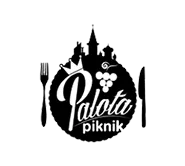Between Várhegy and the Danube in Buda, from Clark Ádám tér to Csalogány utca, fairy-tale staircases, colorful baroque houses and elegant aristocratic palaces make up the scenery of a special part of the city, where the peaceful atmosphere mixes with French chic, the traditional with the bohemian, the past with the present . If we were to leave the hustle and bustle of the Castle Quarter behind us, walking along the quayside, Fő utca or the small cobbled streets, we can visit the bistros and cafes that evoke the rich water city restaurant life of the past, restaurants created from centuries-old Capuchin monasteries, we can discover the small artisan bakeries, galleries, salons and clubs. . The district is still the area with the richest monuments in Buda, where it is good to immerse yourself in the life and culture of the water city.
Gallery
Sights
















